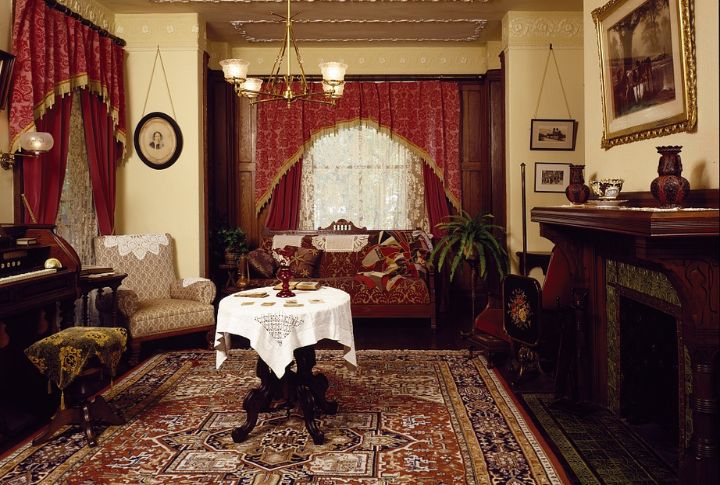
Old homes are full of quirky features that once made daily life easier but now leave modern homeowners scratching their heads. These elements reveal the design, labor, and social norms of the past. They may not be useful today, but they tell fascinating stories about how domestic life functioned—and how it transformed over time. Here’s a closer look at ten such features that shaped household history.
Butler’s Pantry
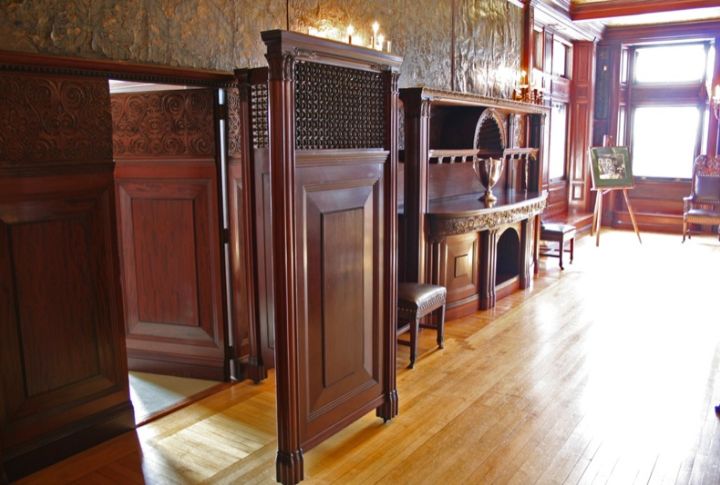
The butler’s pantry was a vital transition space in wealthy 19th-century homes with staff. Butlers sometimes slept inside these elegant rooms to physically guard the fine silverware against theft. Today’s luxury remodels transform this security station into modern conveniences, showing high-end coffee bars or climate-controlled wine cellars.
Transom Window
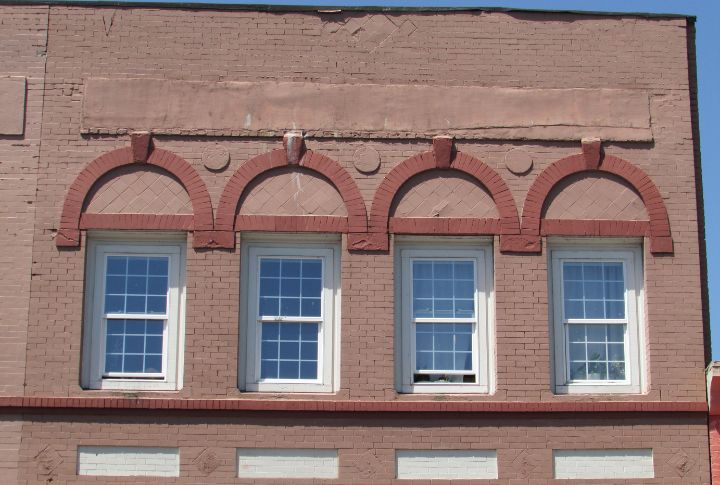
Before reliable electric light or air conditioning, ventilation was tricky. A transom window was a clever solution, installed directly above interior doors. Homeowners used a hook-pole device to push it open so natural cross-breezes and extra light could flow in. Though no longer essential, these architectural elements add prized, historic charm.
Phone Nook
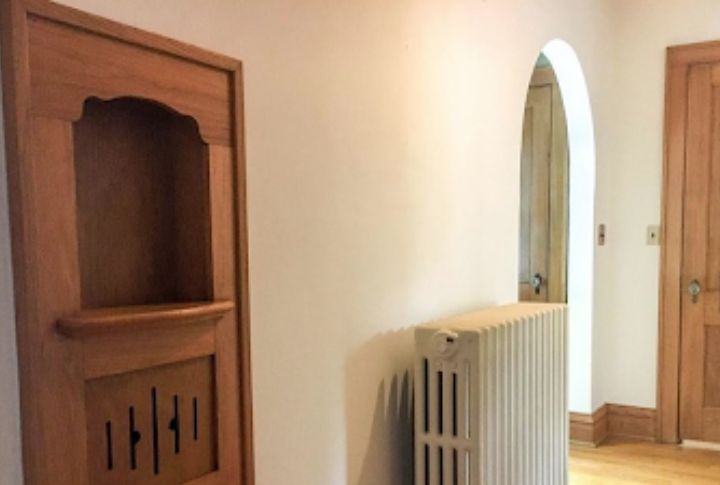
Mid-century homes featured recessed wall cavities specifically for the landline telephone. The phone nook kept the bulky device neatly away. Builders often included a small shelf for jotting down messages and storing the huge phone book. If you recently bought an old house, you can reuse this alcove for decoration or as a charging spot for mobile devices.
Milk Door
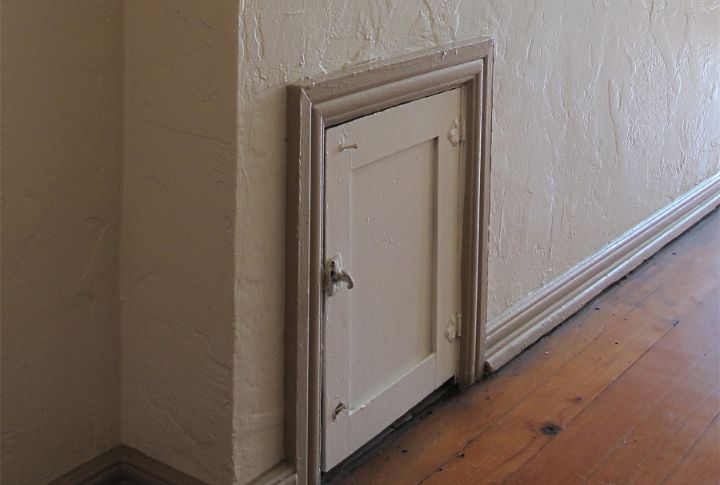
Dairy delivery had a security measure back then. It was the milk door, a small, insulated portal built into the exterior wall of older homes. It allowed delivery people to drop off fresh milk bottles without entering the residence, helping to maintain household privacy. Those openings can now work as secure package drops.
Ceiling Medallion
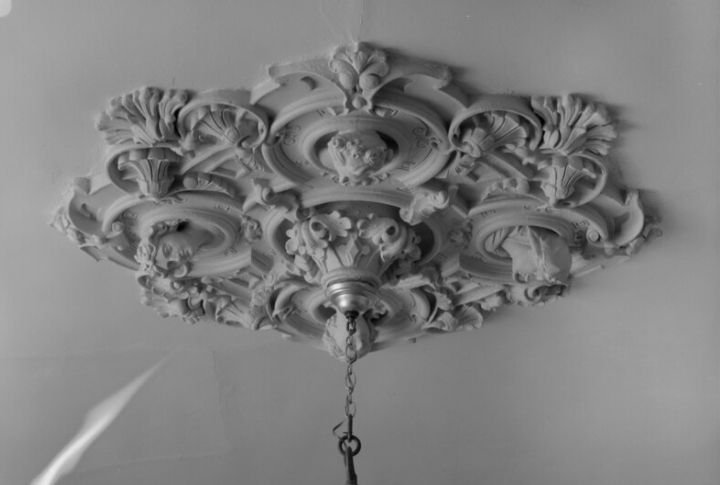
Ceiling medallions were originally made of heavy plaster and served both as status symbols and wire concealers. These decorative circular features framed light fixtures, especially in grand Victorian properties. Modern versions are lightweight and simple to mount—continuing the tradition of dramatic and swirling focal points overhead.
Boot Scraper
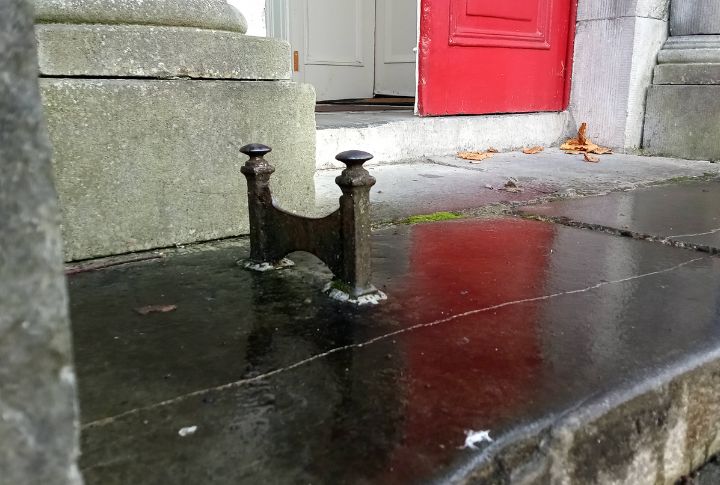
Life before paved city streets meant constant mud and mess outside. Boot scrapers were simple, sturdy metal solutions fixed right beside the front entrance. They were the unsung heroes of clean floors and helped people scrape the worst grime off their footwear. The same scarpers are now quaint, antique collectibles.
Secret Passage Or Staircase
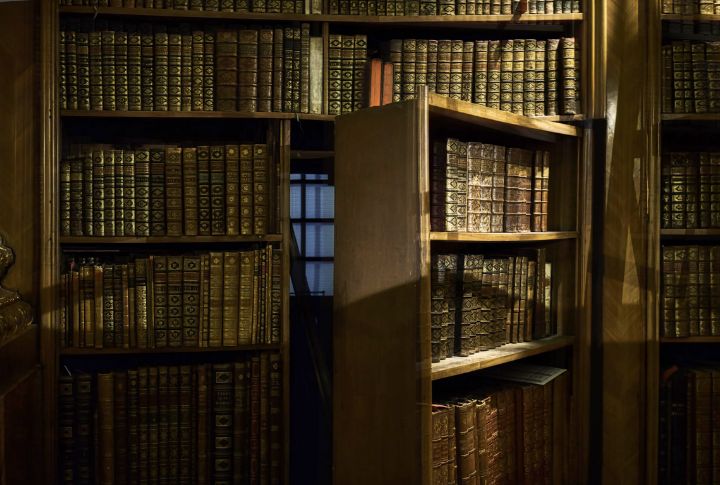
Ornate wall panels or large bookshelves sometimes hid cleverly disguised secret staircases or passages in vintage mansions. Their initial purpose was usually practical, which allowed servants to move discreetly and efficiently between floors. It’s an architectural sleight-of-hand that still provides a dramatic layer of mystery to historic homes.
Icebox Door
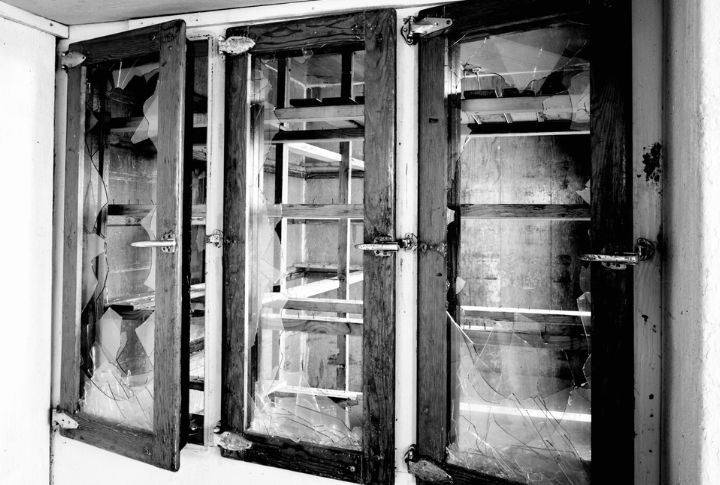
Refrigeration once meant regular ice delivery. Like the milk door, the icebox door was also an exclusive opening on the outside of the house. It led directly to the interior ice chest. Delivery personnel would bring the family’s ice supply in that door without stepping inside, which made the essential cooling process discreet.
Speaking Tube
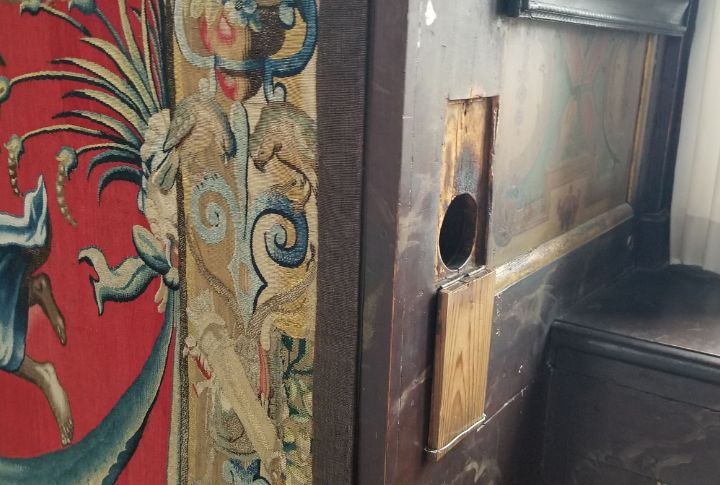
In large 19th-century homes, communicating between rooms was a logistical challenge. They used a speaking tube—a network of simple, hollow pipes that physically carried voices across distances. Equipped with whistles to get attention, this old-school system efficiently connected residents and staff without any electronics.
Root Cellar
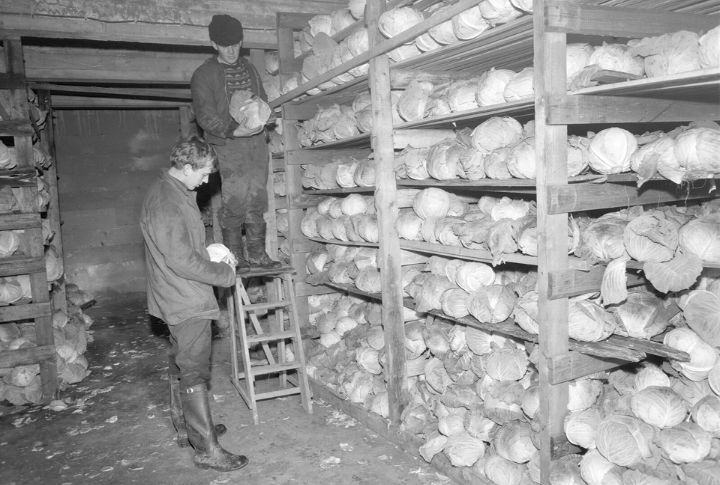
Keeping food fresh was a year-round struggle before refrigeration technology arrived. People had a root cellar at that time, which was an underground space engineered to maintain a stable temperature and humidity. The natural environment was ideal for preserving crops like potatoes and carrots. Surprisingly, this simple storage technique is still valued by some people.
Decorative Grates On Lower Walls
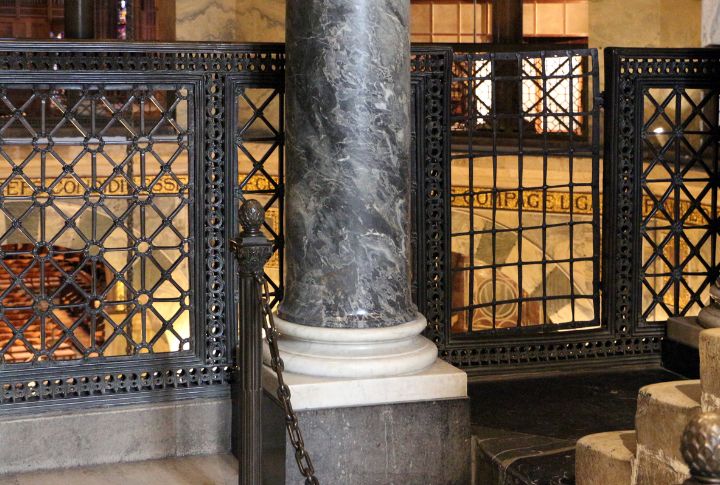
Old heating vent covers began as cast-iron masterpieces. These decorative grates weren’t stock pieces; many featured custom patterns that perfectly matched the home’s unique style. They are considered genuine architectural eye candy now, with restoration enthusiasts sometimes paying high prices for them at auction.
Summer Kitchen
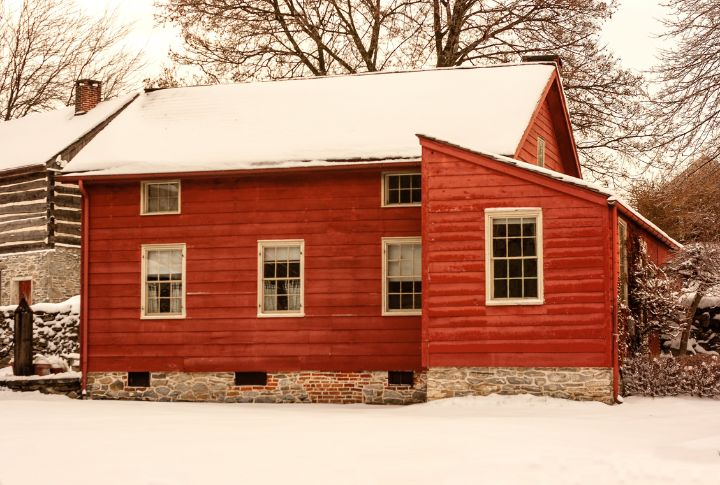
Before cooling was an option, cooking a big meal in July turned the main house into an oven. Summer kitchens were separate, small outbuildings designed for food prep, complete with wood-fired ovens. It kept the main residence comfortably cool. Today, we call these types of spaces outdoor entertainment kitchens.
Footman’s Bell System
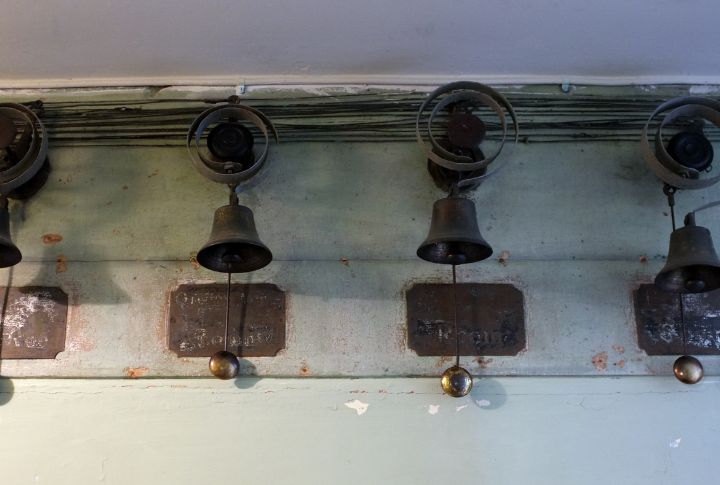
Large Victorian homes needed an organized way to summon staff. The footman’s bell system was a precise, networked range of labeled bells located in the staff quarters. Pulling a specific cord in a room would make the correct bell ring and create a systematic way to coordinate domestic service.
Coal Chute
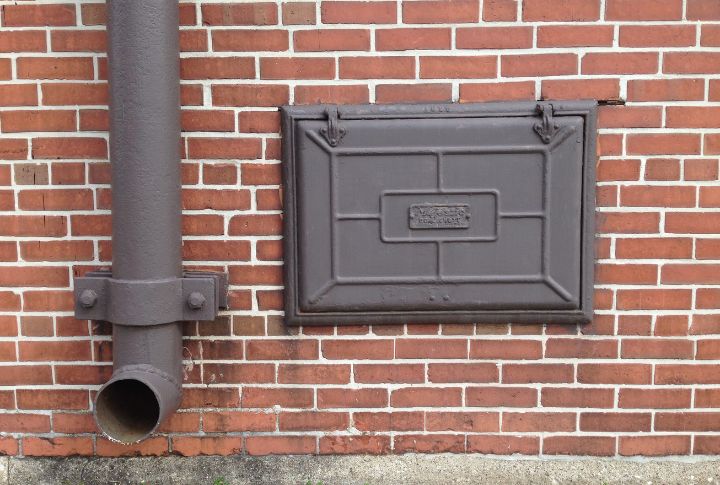
During the era of coal heating, homes needed a practical way to receive fuel. A coal chute was an external access point, usually a small metal door, engineered for direct delivery into the basement. You still see these portals on older structures, though they are now typically sealed or repurposed for storing firewood.
Shoe-Shining Stand
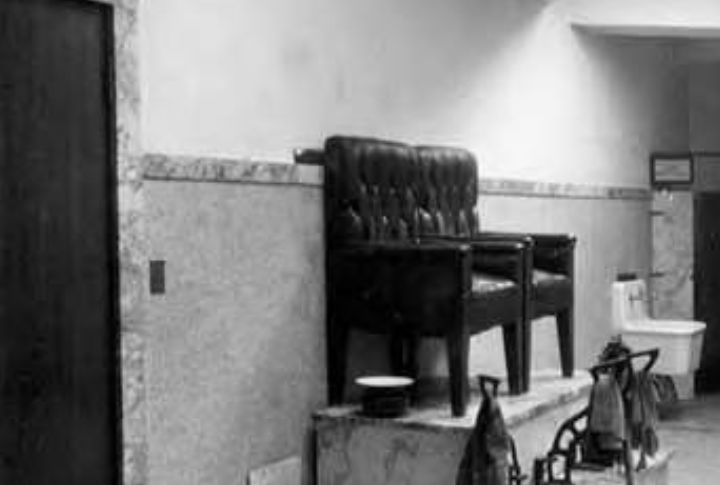
This simple station was built to solve a specific grooming need: a comfortable place to shine shoes. The stand included a seat and a raised footrest, often with small compartments for polish and brushes. They were common in hotels and train stations, but were rarely installed inside private residences.
Sash Weights
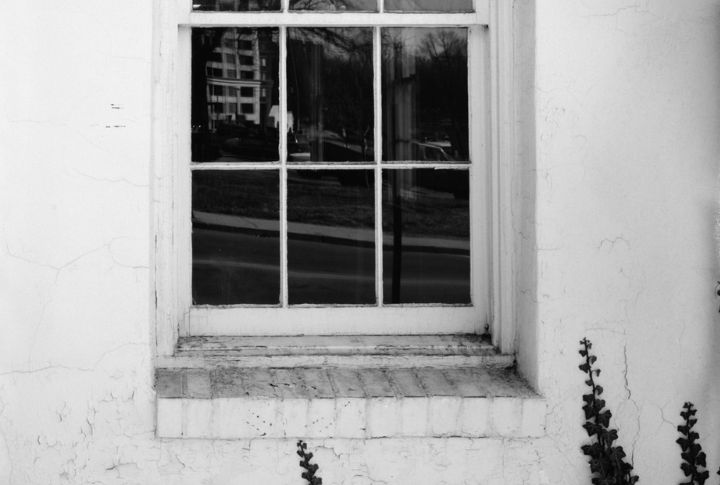
Look closely at an older double-hung window—it opens so smoothly due to an unseen system. Heavy sash weights, typically cast iron, are suspended inside the frame and help balance the window’s weight using a cord and pulley. Those concealed counterweights were so durable that the original mechanisms work perfectly well today in some places.
Morning Kitchen

In huge homes, specialized secondary rooms supported specific food tasks. These pastry kitchens featured smooth marble countertops, which provided the ideal cool surface for working with dough. They were dedicated spaces for detailed breakfast preparation that eventually evolved into modern prep pantries.
Built-In Ironing Board
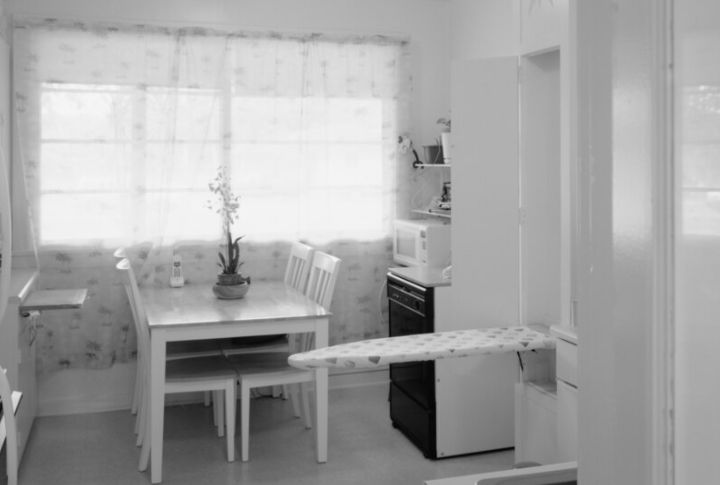
This brilliant mid-20th-century innovation solved the problem of space in laundry areas. A built-in ironing board was neatly concealed within a wall or cabinet, simply folding out when needed. Those compact, space-efficient units usually included their own light and outlet, which made them highly sought after for restoration.
Button Doorbells
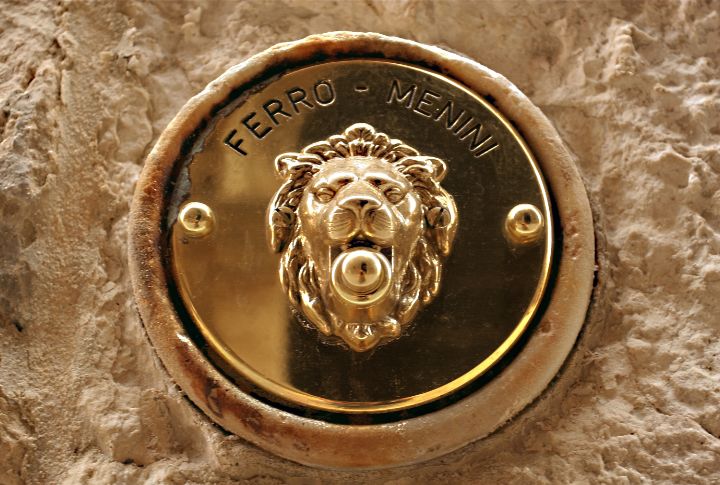
Early ways to announce a visitor included simple yet effective button doorbells. The oldest versions relied on hand cranks or battery power to produce a chime or a buzz. Today’s electric models continue this basic function, and vintage examples are often coveted finds among collectors of period hardware.
Parlor
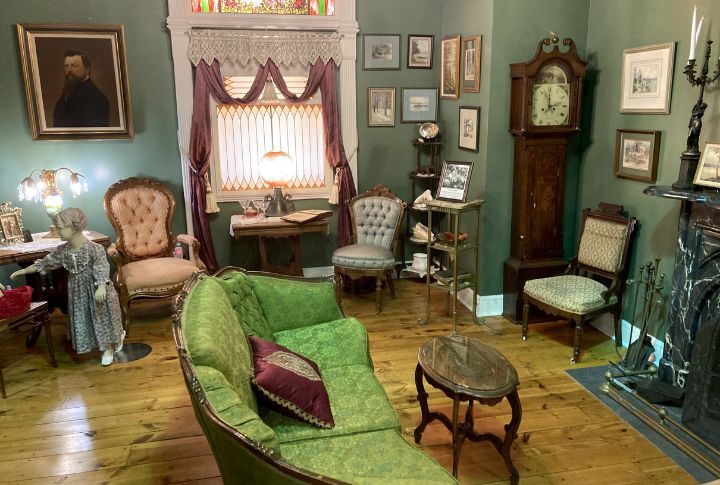
A parlor was the definitive formal sitting room in a Victorian house. Everything inside was strategically placed—elaborate furniture and perhaps a piano—to show off social ambition and wealth. The room’s French origin, parler (“to speak”), reflects its function as the designated space for formal conversation.

